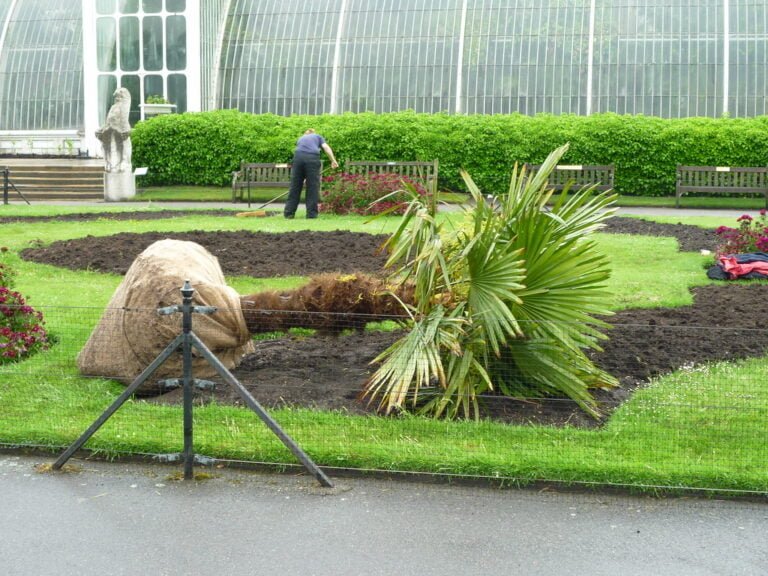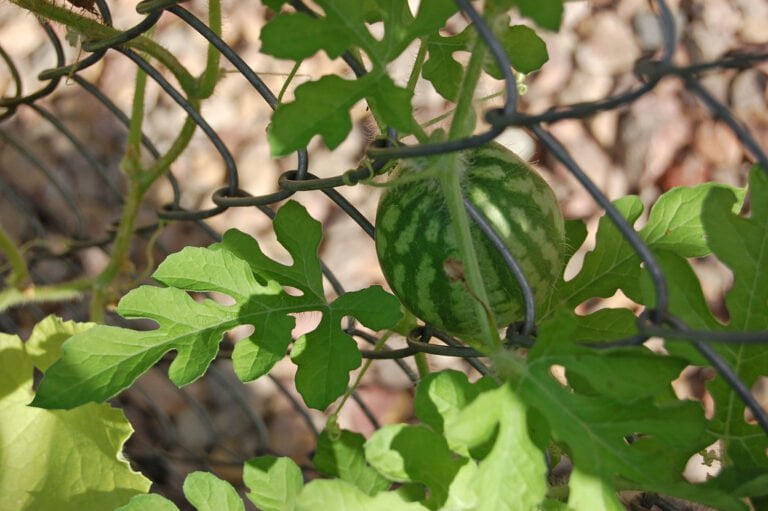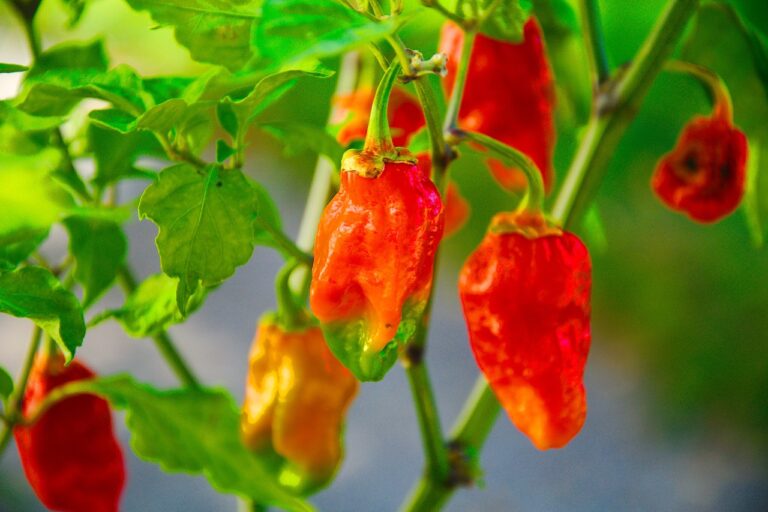Guide to Watering Indoor Plants
Watering indoor plants correctly is essential for their health. Different plants have specific watering needs based on their species. Succulents prefer less water, while tropical plants may need more. Water when the top soil is dry to about two inches. Use a watering can for precise watering. Deep watering helps roots grow strong. Morning watering is best for plants. Watch out for signs of overwatering, like yellowing leaves or soggy soil. Proper drainage and adjusting watering frequency are key. Follow these tips to keep your indoor plants thriving and vibrant.
Watering Frequency
Watering indoor plants should be done according to the specific needs of each plant species, which determine the frequency required for optimal growth and health. When it comes to watering frequency, it’s essential to understand that different plants have varying requirements. Some plants, like succulents, prefer infrequent watering and can thrive with longer gaps between waterings. On the other hand, tropical plants may need more regular watering to maintain their health and vibrancy.
To determine when to water your indoor plants, it’s advisable to check the moisture levels in the soil. A key rule of thumb is to water when the top two inches of soil are dry. This ensures that the roots have access to sufficient moisture without risking waterlogging, which can lead to root rot. Monitoring the soil moisture levels is a simple yet effective way to gauge when your plants require watering.
When watering indoor plants, it’s vital to water at the base of the plant near the roots. Avoid wetting the leaves excessively, as this can create a humid environment that may encourage fungal diseases. Additionally, using pots with drainage holes can help prevent water from pooling at the bottom and causing root issues. By adjusting the watering frequency based on the individual plant’s needs and monitoring soil moisture levels, you can promote healthy growth and thriving indoor plants.
Watering Techniques
When nurturing indoor plants, mastering effective watering techniques is essential for fostering their growth and vitality. One practical method is using a watering can, allowing for precise water delivery directly to the soil where plant roots can absorb it efficiently. Deep watering until water drains from the pots’ drainage holes is critical as it promotes healthy root system development. This encourages roots to grow downward, seeking out moisture and nutrients. Bottom watering can also be effective, especially for plants sensitive to wet stems or leaves, as it reduces the risk of water splashing on foliage, which could lead to fungal issues.
Proper watering techniques ensure that plant roots absorb water and distribute it effectively throughout the plant, supporting overall health. To determine the need for watering, it’s advisable to monitor soil moisture by checking dryness with a finger. Watering should occur when the soil feels dry to the touch, indicating that the plant is ready for hydration. Overwatering can lead to root rot, a common issue in houseplants, emphasizing the importance of watering at the right time and with care to avoid such problems. By mastering these watering techniques, you can provide your indoor plants with the care they need to thrive.
Ideal Watering Times
In the domain of indoor plant care, mornings stand out as the ideal time for providing plants with the necessary hydration they need to thrive. Morning watering is fundamental as it allows plants to take up the maximum amount of water throughout the day, supporting ideal growth and development. This timing not only aids in efficient moisture absorption but also helps reduce the risk of fungal infections by preventing excess moisture on leaves.
Establishing a consistent morning watering routine is key to optimizing plant health and minimizing water stress. By watering in the morning, plants have access to water when they need it the most, ensuring they remain hydrated and vibrant. This practice promotes overall plant vitality and aids in maintaining their well-being.
Signs of Overwatering
I’ve noticed that yellowing leaves and wilting or drooping plants are common signs of overwatering. When the leaves feel soft and mushy or start dropping excessively due to stress from too much water, it’s a clear indication of overwatering issues. Additionally, soggy soil that remains wet for days and the presence of mold or fungus in the soil are telltale signs that your plants are getting too much water.
Yellowing Leaves
Yellowing leaves on indoor plants serve as a clear indicator of overwatering, highlighting the need for immediate attention to prevent further damage. When indoor plants receive excess water, they may develop root rot, leading to yellowing and wilting leaves. This yellowing occurs because the plant’s roots become unable to absorb water efficiently due to the overwatering. To prevent damage, it is essential to adjust the watering frequency according to the plant’s specific needs. Addressing overwatering promptly by allowing the soil to dry out before watering again can help the plant recover. By being attentive to signs like yellowing leaves, you can make sure your indoor plants remain healthy and vibrant.
Wilting or Drooping
Excessive watering can manifest in indoor plants through wilting or drooping leaves, indicating a need for immediate corrective action to prevent further harm. Overwatering can lead to root rot, hampering the plant’s water uptake abilities. The presence of excessive moisture in the soil hinders oxygen flow to the roots, resulting in the wilting of leaves. Additionally, yellowing and softening leaves are common indicators of overwatering issues. To prevent damage, it is essential to address overwatering promptly by adjusting the watering frequency and ensuring proper drainage in the plant’s container. Observing and responding to these signs can help maintain the health and vigor of indoor plants, promoting optimal growth and vitality.
Remedies for Overwatering
I’ve learned that when dealing with overwatered plants, it’s essential to address drainage issues to prevent water from accumulating in the soil. Adjusting the watering frequency based on the plant’s needs and soil moisture levels is key to promoting recovery. By regularly monitoring the soil moisture and making these adjustments, you can help your plant thrive again.
Drainage for Excess Water
To prevent overwatering and root rot in indoor plants, ensuring proper drainage is vital. Potted plants need different amounts of water, so it’s essential to have quality potting soil with good drainage. Drainage holes at the bottom of the pot allow excess water to flow out, preventing waterlogged soil. Elevating pots on feet or using saucers can help remove excess water and avoid water accumulation. It’s important to regularly check the soil moisture level to make sure it’s drying out between waterings. Additionally, checking saucers for standing water is crucial to prevent overwatering issues that can lead to root rot. Maintaining a proper watering schedule and monitoring drainage are key to the overall health of indoor plants.
Adjust Watering Frequency
Considering the plant’s current condition, it may be essential to adjust the watering frequency to promote ideal growth and prevent overwatering issues. To remedy overwatering, allow the plant to dry out completely before watering again. Check for signs of root rot like mushy roots and adjust care accordingly. Each plant has individual needs, so modify watering based on the plant type and environment. Guarantee proper drainage in the pot to prevent soggy soil. Monitor closely for signs of overwatering such as yellow leaves. By adjusting the amount of water and understanding your plant’s roots, you can prevent future overwatering and promote healthy root development. Remember, different plants require different water levels, so tailor your watering schedule accordingly to avoid waterlogging.
Monitor Soil Moisture
When monitoring soil moisture to remedy overwatering in indoor plants, using a moisture meter or sticking your finger into the soil are effective methods to gauge dampness levels. If you suspect overwatering, make sure the soil to dry out completely before watering again to prevent root rot. Adjust your watering frequency according to the plant’s individual needs to avoid overwatering issues. Remember to eliminate excess water from the saucer after watering to prevent waterlogged soil and potential root damage. Additionally, guarantee proper drainage in your pots to avoid water accumulation and any potential overwatering problems. By following these steps, you can maintain a healthy watering routine tailored to your plants’ specific requirements.
Signs of Underwatering
One of the most common signs of underwatering in indoor plants is the wilting and drooping of leaves. When plants do not receive enough water, their leaves lose turgidity and begin to sag. Additionally, dry soil and crispy leaf edges are indicators that the plant is not getting sufficient hydration. If underwatering persists, you may notice slow growth and stunted development in your plant, as it struggles to thrive without an adequate water supply.
To determine if your plant is underwatered, check the soil moisture level by inserting your finger into the soil. If it feels dry to the touch, it’s likely time to water your plant. Yellowing or browning leaves, especially starting from the bottom and working their way up, can also signal that the plant is not receiving enough water to sustain its growth.
Understanding these signs of underwatering can help you adjust your watering routine to make sure your indoor plants remain healthy and vibrant. By staying attentive to these cues, you can address any watering issues promptly and provide your plants with the care they need to flourish.






